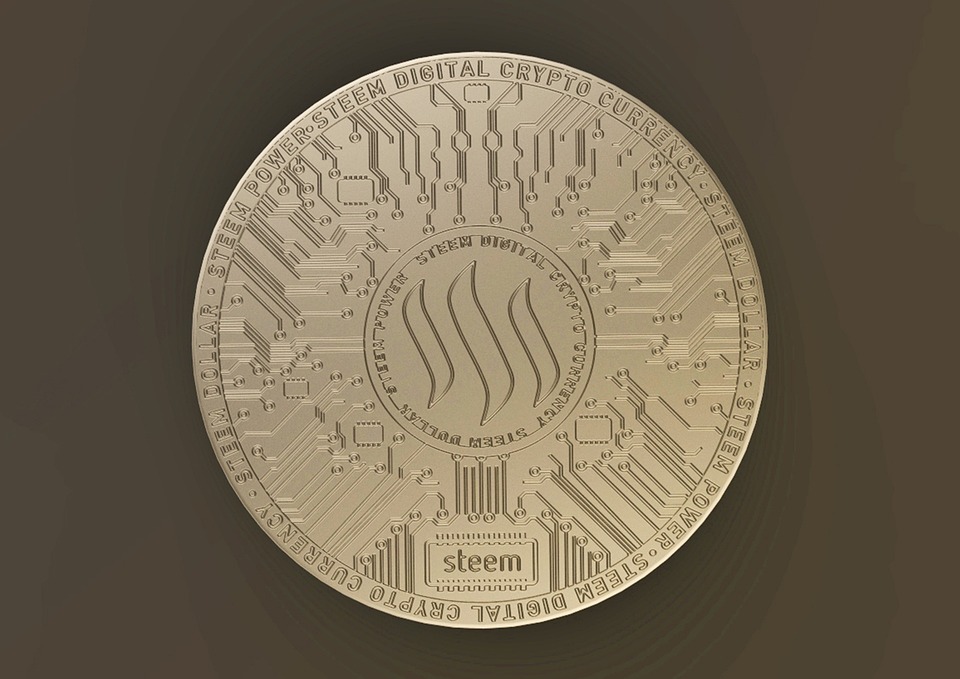In today’s rapidly evolving digital landscape, the rise of digital assets—from cryptocurrencies to NFTs (non-fungible tokens)—has given birth to vibrant online communities. These communities not only trade and showcase digital assets but also collaborate to create new projects and ecosystems. As the notion of ownership and value continues to transform within the digital realm, effective collaboration tools play a vital role in harnessing the creativity and potential of these communities. This article will explore essential tools that unlock collaboration among digital asset communities, fostering innovation, engagement, and connectivity.
Understanding Digital Asset Communities
Digital asset communities are diverse groups of individuals connected by a shared interest in digital ownership, whether it’s trading cryptocurrencies, collecting NFTs, or building decentralized applications (dApps). These communities often thrive on platforms like Discord, Telegram, and various social media channels, where members can interact, share ideas, and work on projects together. However, as the complexity of digital asset creation and management increases, so does the need for more structured collaboration.
Essential Collaboration Tools
1. Communication Platforms
Discord
One of the most popular platforms among digital asset communities, Discord offers text, voice, and video communication. Its server structure allows groups to organize discussions by topics or projects, making it easier for members to connect and share knowledge. The ability to create private channels for specific discussions enhances confidentiality and focused collaboration.
Telegram
While Telegram provides similar functionality to Discord, it is often preferred for its simplicity and speed. Its robust chat features, including bots and channels, allow communities to distribute information quickly and engage with members effectively.
2. Project Management Tools
Trello
Trello’s board and card system is perfect for organizing tasks and ideas within teams. Digital asset projects often have multiple stages, and tools like Trello can help communities visualize the workflow, assign tasks, and track progress in a collaborative environment.
Asana
For more complex projects, Asana offers advanced project management features, allowing teams to set deadlines, track dependencies, and communicate about task progress in real-time. Its integration capabilities with other tools make it a versatile option for digital asset teams.
3. Creative Collaboration Tools
Figma
For communities relying on visual design, Figma is a cloud-based tool that allows multiple users to collaborate on designs in real time. Whether creating promotional materials for an NFT drop or developing UI for a dApp, Figma ensures that all contributors can offer input and see live changes.
Miro
Miro is a digital whiteboard that encourages brainstorming and idea mapping, making it ideal for communities looking to develop concepts collaboratively. Members can add sticky notes, draw diagrams, and gather feedback, fostering a creative environment.
4. Version Control Systems
GitHub
As digital asset communities often involve software development—particularly in the case of cryptocurrencies and dApps—GitHub is essential for version control and collaborative coding. It allows multiple contributors to work on projects simultaneously while tracking changes, ensuring that the most updated version is always accessible.
5. Asset Management Tools
OpenSea and Rarible
For NFT communities, platforms like OpenSea and Rarible aren’t just marketplaces; they also offer community features that allow artists and collectors to connect. Users can share their collections, collaborate on new projects, and engage with potential buyers, making these platforms crucial for collaboration in the NFT space.
6. Educational Platforms
YouTube and Udemy
For communities eager to learn and share knowledge about digital assets, educational platforms like YouTube and Udemy provide a wealth of resources. Members can create and share tutorials, conduct webinars, and engage with educational content to enhance their skills collaboratively.
Building a Collaborative Culture
While tools are critical for enabling collaboration, cultivating a community-centric culture is equally important. Here are a few tips for fostering an atmosphere that encourages collaboration:
-
Set Clear Goals: Ensure that all members understand the community’s vision and objectives, creating alignment and purpose.
-
Encourage Open Communication: Promote transparency and open dialogue among members to facilitate trust and engagement.
-
Celebrate Contributions: Recognize and reward collaboration and showcase the efforts of individual members to motivate continued participation.
- Promote Inclusivity: Encourage diverse voices and perspectives within the community, fostering creativity and innovation.
Conclusion
As digital asset communities continue to grow and evolve, unlocking the full potential of collaboration becomes increasingly important. By leveraging essential tools like communication platforms, project management software, creative collaboration tools, and version control systems, members can work together more effectively, leading to richer experiences and groundbreaking projects. Ultimately, the synergy of collaborative efforts will drive innovation, democratize creativity, and sustain the dynamic landscape of digital assets. The future of digital asset communities is bright, and with the right tools and culture in place, the possibilities for collaboration are limitless.

